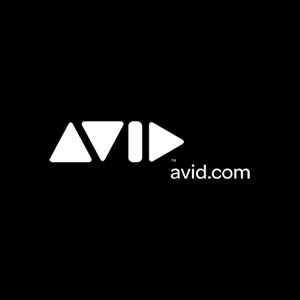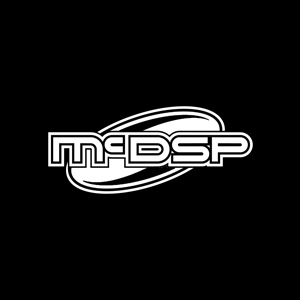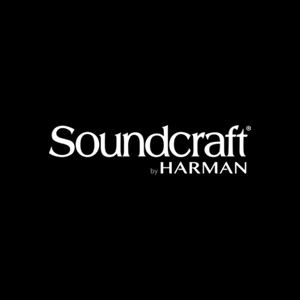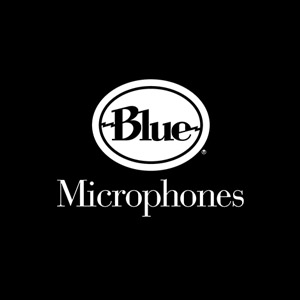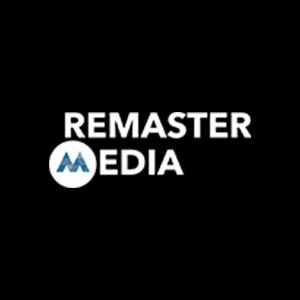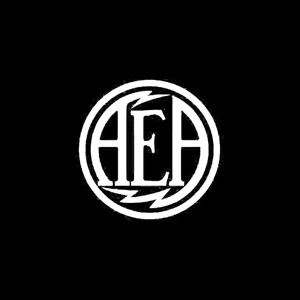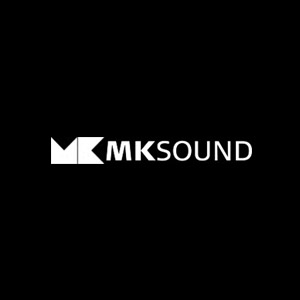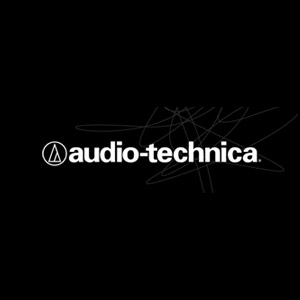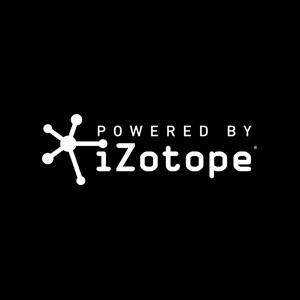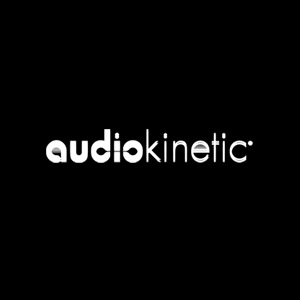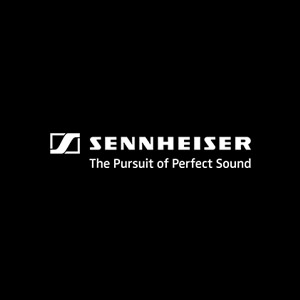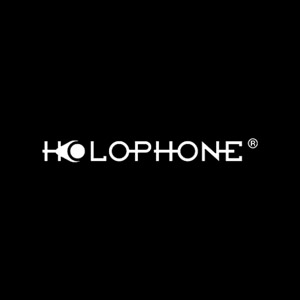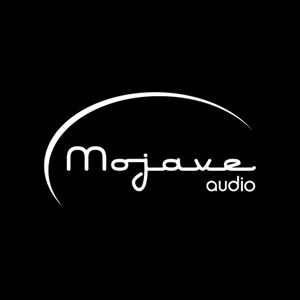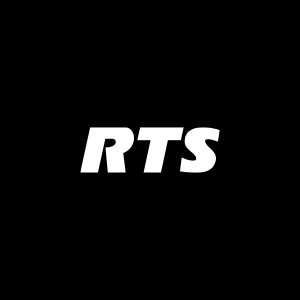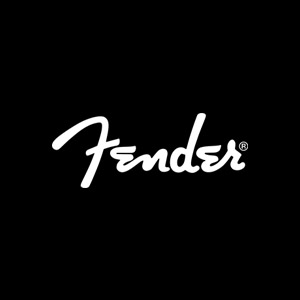The Conservatory of Recording Arts and Sciences (CRAS)—a leading audio recording, engineering and production school in Phoenix, Ariz.— recently expanded its curriculum with six weeks of “audio for television broadcast” training. To support that effort, a full complement of professional broadcast audio and communications equipment was installed. This included Studio Technologies’ Model 210 Announcer’s Console and Model 41 Audio to IFB Interface units.
“Our goal was to create an environment for our students that would reflect the reality of the industry itself,” says Robert Brock, Digital Department Director at CRAS. “Pretty much any U.S. announcer’s audio currently on air is running through a piece of Studio Technologies equipment, so we wanted our students to gain exposure and have experience working with it. Ultimately, we want to find manufacturers that understand the importance of teaching students on the equipment that they will be using on a daily basis in the real-world, and Studio Technologies is not only an industry leader, but a company that understands that importance and shows an impressive commitment to education.”
CRAS prides itself on teaching its students how to navigate their way through the multiple facets of audio production, including allowing them to take part in the production of live Webcasts. The school also provides students with a mobile production unit to gain experience covering live events, such as local sports games in and around the Phoenix area. CRAS installed Studio Technologies’ gear in the OB truck, as well as in its broadcast facility. All students will be required to learn how to operate this equipment while completing the new curriculum’s “audio for television broadcast” component.
The Model 210 Announcer’s Console is a compact unit that features an IFB input and a single talkback output. It is suitable for a variety of applications, including on-air television sports broadcasting. The Model 41 Audio to IFB Interface is an advanced single-rackspace unit designed to link matrix intercom systems with IFB-compatible beltpacks and announcer’s consoles. Its headphone output and dual LED level meters make it optimal for sophisticated monitoring of audio associated with IFB circuits.
Brock says that the Studio Technologies equipment is imperative for showing students just how large a responsibility the audio production teams undertake when working in the field. “Audio teams need to be able to communicate between the people that are making the production happen in the first place,” he says. “If the director can’t feed instructions to the cameraman or the producer can’t talk to the talent, then there is no production. It’s not just about what viewers and listeners see and hear happening on air. There are a lot of behind-the-scenes workings that our students need to become familiar with and master. They need to learn how to communicate with their audio team members to coordinate the production, and that is all made possible with Studio Technologies’ gear.”
The Conservatory of Recording Arts and Sciences now offers a 36-week educational program that prepares students for a multitude of careers in audio production. Upon completion of the curriculum, students are prepared for entry-level positions in fixed and mobile audio production facilities. Past students have gone on to win Grammy and Emmy awards, become editors, work in post-production, and manage the sound departments of post-production houses, among other achievements.

